
Last month, Spotify’s annual Songs of Summer predictions made their return, and fans have rallied around the anthems they can’t get enough of. Some have been working late (…’cuz they’re a singer), while plenty have been feeling so Julia. Meanwhile, others have been looking for someone to match their freak.
Now, for the first time ever, we’re giving you a midsummer update that reveals the top 15 songs from our original list, along with five new “wild card” songs. These updated predictions reflect our final contenders for the Song of Summer as we approach the end of the season.
Backed by Spotify data and cultural buzz, and hand-picked by our global team of editors, our wild cards were either released after we made our initial predictions, or they’ve experienced a recent spike in global streams. Wild card track “360” by Charli xcx, for example, has experienced an 80% increase in U.S. streams in the past month, while streams of “HOT TO GO!” by Chappell Roan have spiked 110% globally on Spotify.
Spotify’s updated Songs of Summer list
(Listed alphabetically by artist first name; wild card picks in italics)
- “Move” – Adam Port, Stryv, Keinemusik, Orso, Malachiii
- “BIRDS OF A FEATHER” – Billie Eilish
- “Good Luck, Babe!” – Chappell Roan
- “HOT TO GO!” – Chappell Roan
- “360” – Charli xcx
- “Stumblin’ In” – CYRIL
- “Austin (Boots Stop Workin’)” – Dasha
- “Gata Only” – FloyyMenor, Cris Mj
- “Si Antes Te Hubiera Conocido” – KAROL G
- “Not Like Us” – Kendrick Lamar
- “Belong Together” – Mark Ambor
- “Stargazing” – Myles Smith
- “I Had Some Help” – Post Malone, Morgan Wallen
- “Santa” – Rvssian, Rauw Alejandro, Ayra Starr
- “Espresso” – Sabrina Carpenter
- “Please Please Please” – Sabrina Carpenter
- “A Bar Song (Tipsy)” – Shaboozey
- “I Can Do It With a Broken Heart” – Taylor Swift
- “Nasty” – Tinashe
- “MILLION DOLLAR BABY” – Tommy Richman
Over the last year, we’ve seen increased popularity of dance and Afro house globally, and summer is the perfect time for these songs to cross over into the mainstream.
“‘Move’ has been an undeniable hit this summer and an obvious choice for our editors as one of our wild card additions,” said Luisa Kristen, Senior Editor, Germany, Austria, and Switzerland at Spotify. “The song features the perfect recipe of beautiful Afro house production, earwormy melody, and pop lyricism—sounds that tend to thrive with listeners in warmer weather globally.”
Luisa also noted that in the last few weeks, the song has charted all around the world across many parts of Europe, the U.K., and the U.S. It drove record streams for the German group globally on its release day and was recently added to Today’s Top Hits—a monumental achievement for German artists and the Afro house genre overall.
“Stumblin’ In,” which was released in November 2023, is also a strong example of how a song can have an extensive lifespan, cross borders, and experience a cultural resurgence during different moments of the year. It highlights the power of Spotify—our editors have tested it in various playlists, and since its release, it has grown and reached new listeners around the world.
Tinashe’s “Nasty” also surged during the first two weeks of the Songs of Summer predictions reveal, both globally and in the U.S. Since then, the song has seen over a 110% increase in streams globally and in the U.S.
Celebrating 2024’s Songs of Summer
To continue the summer fun, we hosted our 2024 Songs of Summer event in Brooklyn this week, featuring electric performances from two of our contenders, Tinashe and Tommy Richman.


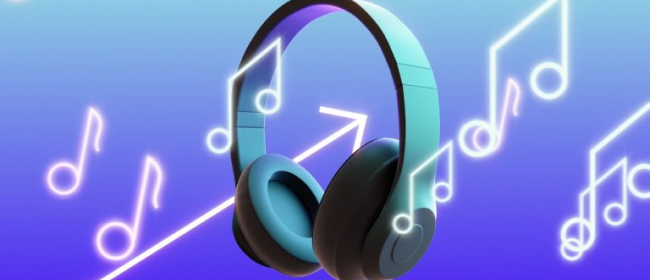
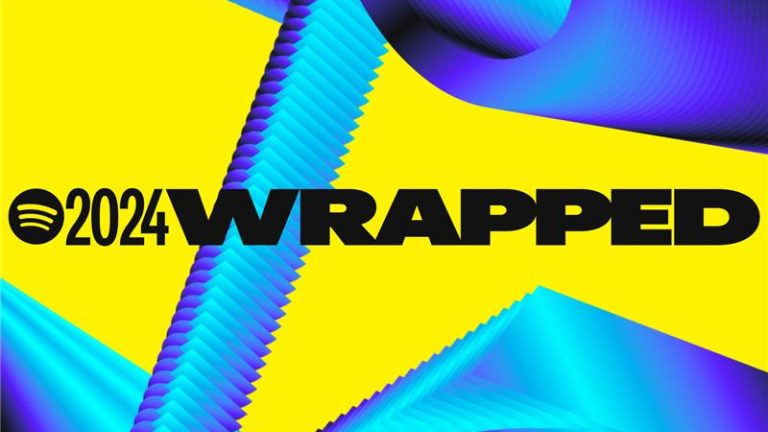
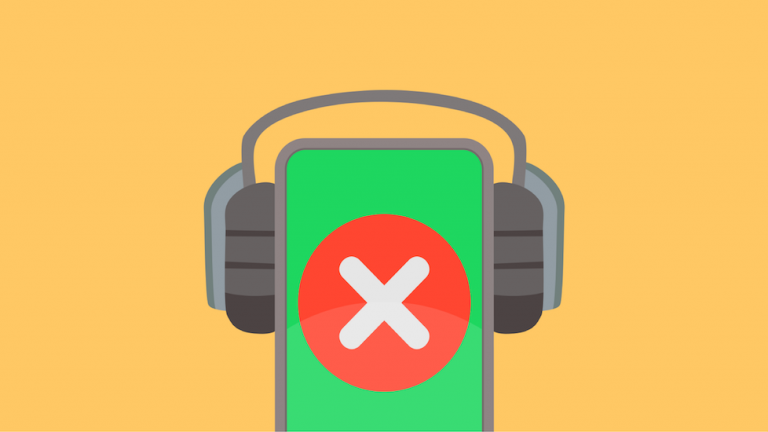
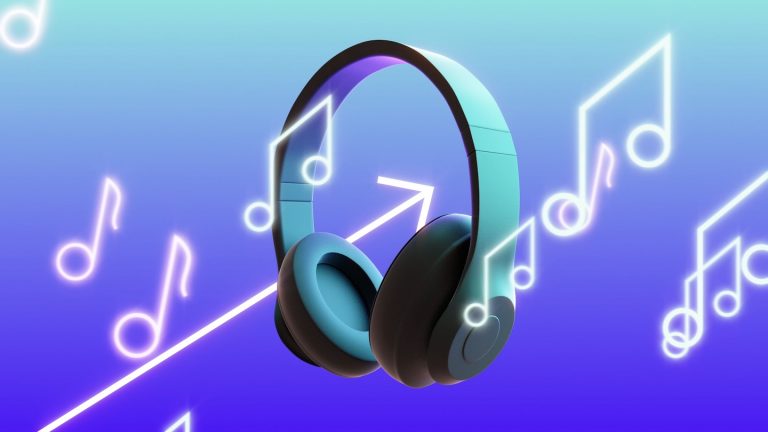

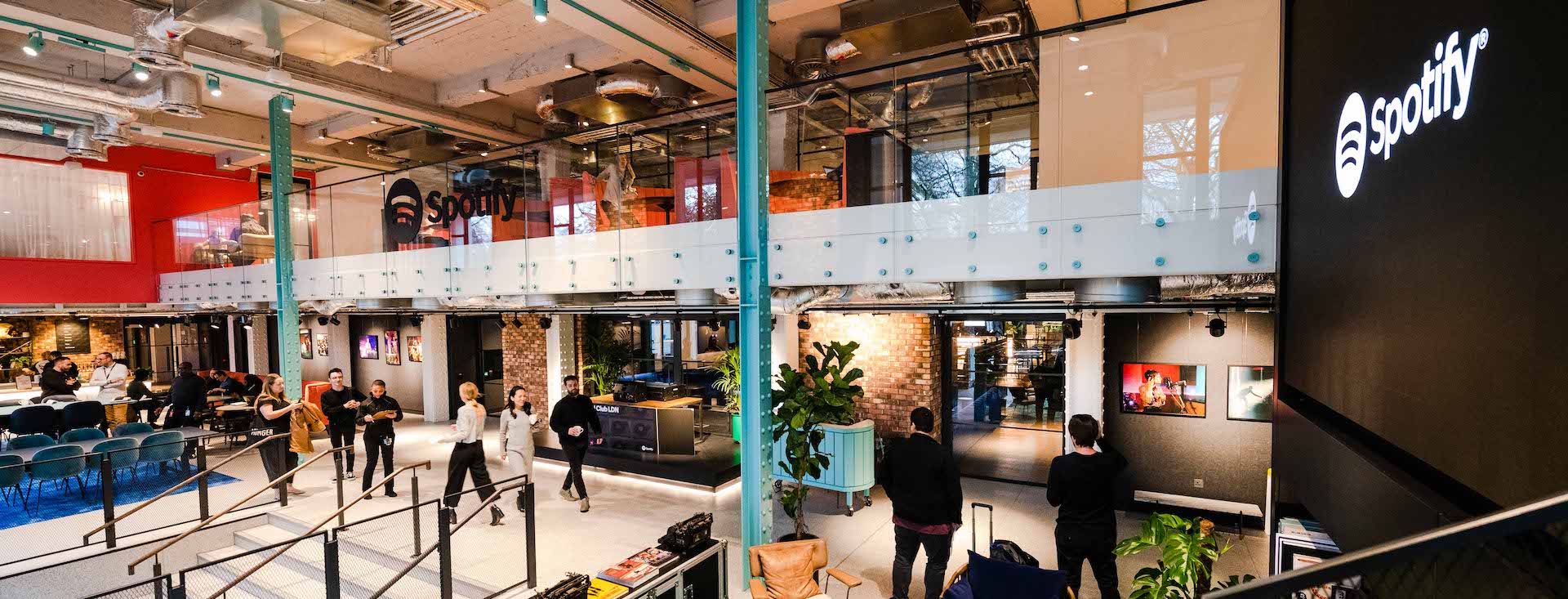

Recent Comments